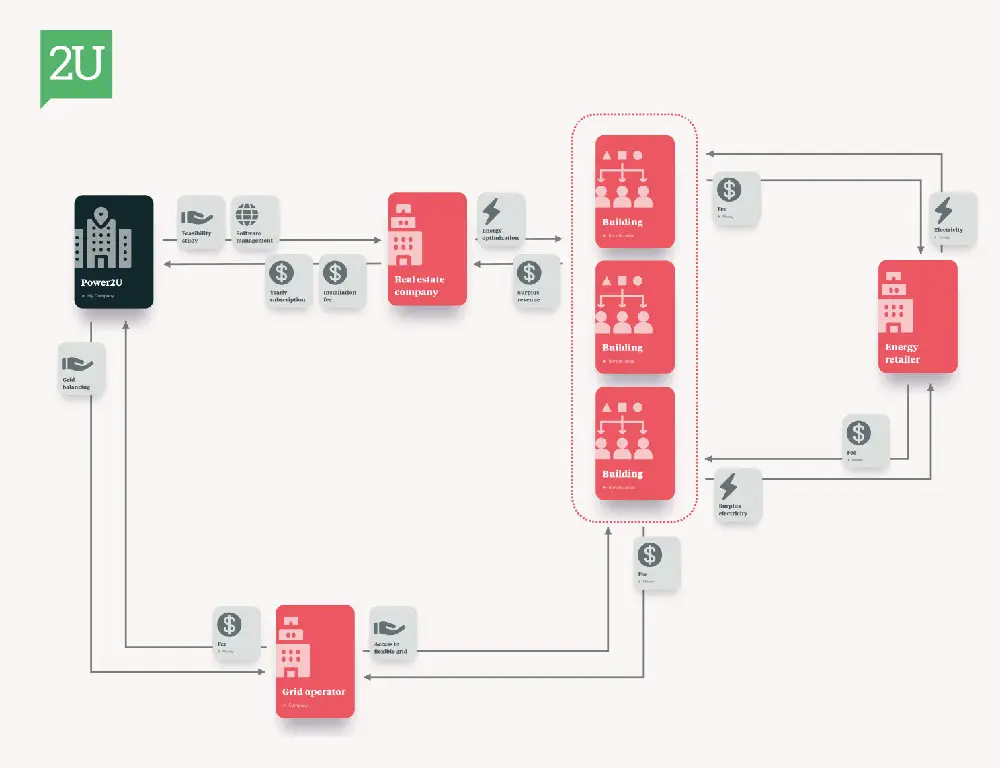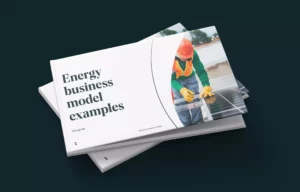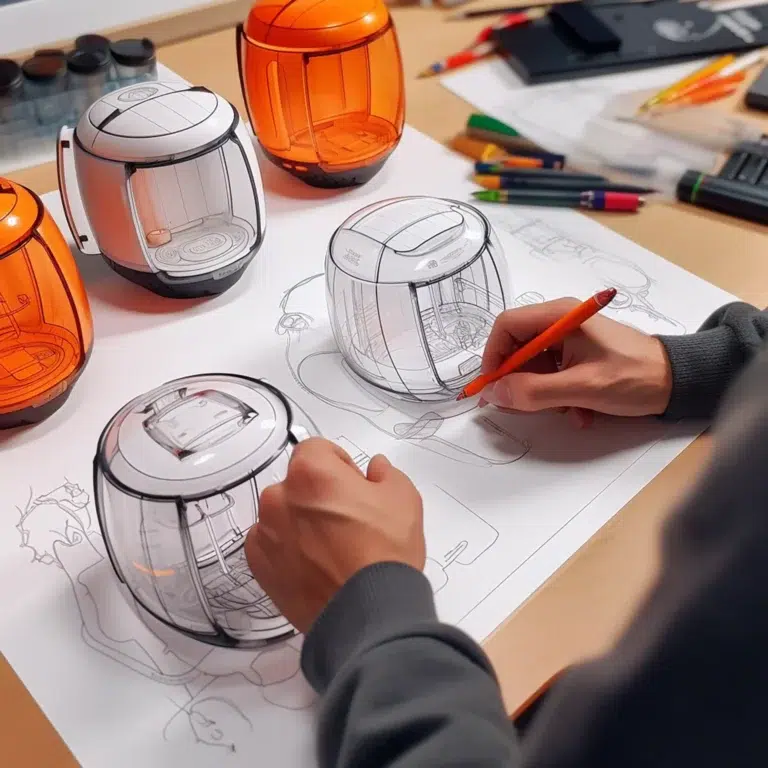Following the stellar success of such companies as Airbnb and Uber, a number of industries are starting to realize the disruptive potential of asset-light business models – those that gain value from services or operations rather than via hard assets (property, for instance).
As an industry typically characterized by heavy infrastructure, the energy market presents an interesting opportunity for asset-light business model innovation. While today’s current model typically entails a one-way relationship between centralized energy suppliers and households, the asset-light trend is giving birth to new models centered around decentralization and multi-directional relationships.
These new innovations empower households to become prosumers, which means that they can both produce and consume a product or service, and in this case, monetize it.
How is the energy industry becoming decentralized?
Households can now sell the excess energy their devices (such as solar panels and batteries) generate and purchase needed energy when their devices fail to produce enough. As a result, households can not only exchange energy with their suppliers, but also with other households in peer-to-peer micro grids.
This combination of domestic power generation and the introduction of energy storage technology means that households are becoming less dependent on the national grid provided by traditional energy suppliers. In return, this enables energy suppliers to reduce expensive investments into maintaining and upgrading the grid.
With the continued development of the Internet of Things (IoT) and the rise of 5G, more and more devices will begin connecting to energy networks. Despite the regulatory challenges, this suggests that the energy industry could potentially shift towards a decentralized model, which means that energy suppliers will need to innovate their business models in order to accommodate prosumer distributed energy sources.
Power2U: An asset-light energy business model example

One power company that’s implementing an asset-light business model is Sweden-based venture Power2U. The company helps property owners transform their estates into profit-generating energy assets.
How does Power2U work?
Power2U uses cloud-based software to assess the energy usage of buildings and identify opportunities for improved efficiency. Based on that assessment, Power2U optimizes the time and use of energy peaks, which leads to reduced emissions and energy costs for building owners.
By optimizing the energy peaks of each building’s assets (solar panels, batteries, etc.), Power2U is then able to create a flexible power grid, where the energy assets of one building are able to store and exchange electricity with the energy assets of other buildings. As a result, each property can become a prosumer in the local grid.
Besides reducing overall energy costs, this flexible power grid also enables building owners to sell excess energy back to energy companies, thereby creating additional revenue streams for the owners.
What's clever about Power2U's business model?
What makes this business model interesting is the fact that Power2U focuses on offering their services to building owners rather than individual households. They have the technology to turn anybody into a prosumer. This enables the company to drastically reduce their customer acquisition cost (i.e. improve their unit economics) while still implementing their technology across thousands of households.
Moreover, Power2U focuses on buildings with existing energy assets (e.g. solar panels) as this reduces the time it takes for building owners to recoup their investment in Power2U’s technology.
Overall, Power2U is an exciting company with a robust business model that represents the inevitable shift towards decentralization in the energy industry.

Want more?
Download our energy business model guide for this and 4 more business model examples from within the energy industry.


